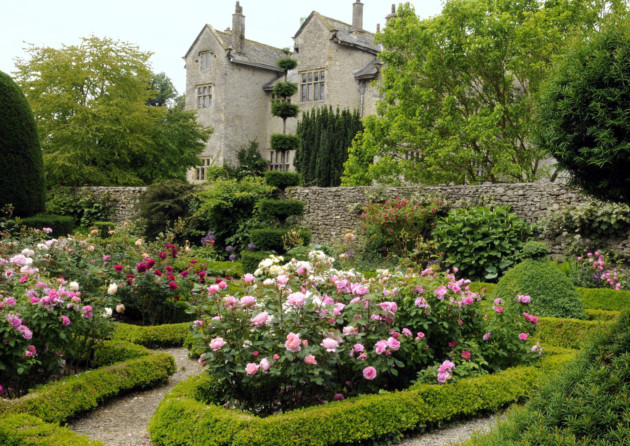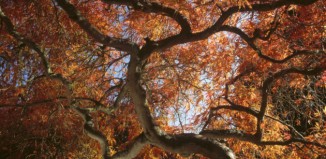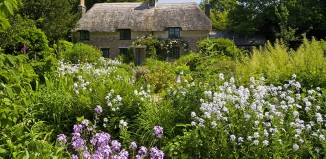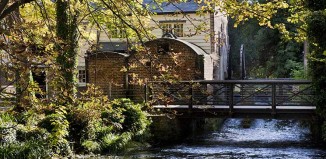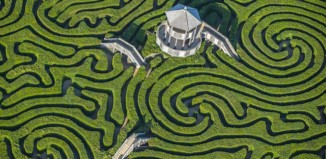Levens Hall and Gardens
One of the most striking things about this grand, Grade I-listed garden is its array of topiary which is some of the oldest in the world. There’s something quite magical about being able to wander through arches cut into the beech hedges, discovering topiary pillars and pyramids carved out of Golden Yew and Box along the way.
Each year, four dedicated gardeners spend about a month scrambling up and down scaffolding towers in order to reshape the topiary, which can be up to 10 metres tall. Beyond their creations, the gardens are packed with seasonal flowers such as tulips and pansies, while the wisteria clinging to the walls of Levens Hall helps to incorporate the building into the garden. You can also pay a visit to the apple orchard or the colourful rose garden where you can wind your way along the snaking paths bordered with vivid green ribbons of Dwarf Box.
The gardens date back to 1694, six years after Levens Hall became the property of Colonel James Grahme, who extended the building and filled it with an assortment of fine furniture and works of art – many of which can still be viewed today. As well as enhancing the Hall itself, Colonel Grahme wanted to create a fashionable garden at Levens, employing Guillaume Beaumont, who was also gardener to King James II and who helped to design the gardens at Hampton Court.
Despite being over 300 years old, the gardens at Levens have largely managed to stay true to their original design, with just one or two additions, such as the fountain garden bordered by pleached limes which were added to the estate to celebrate the garden’s tercentenary.
Beyond Leven’s gardens you will also find a sprawling park, home to a small herd of Norwegian black fallow deer and rare Bagot Goats. The park was originally a medieval deer park before being reimagined as a recreational park by Beaumont.

